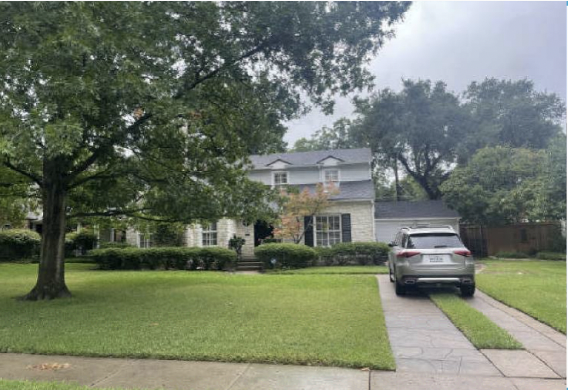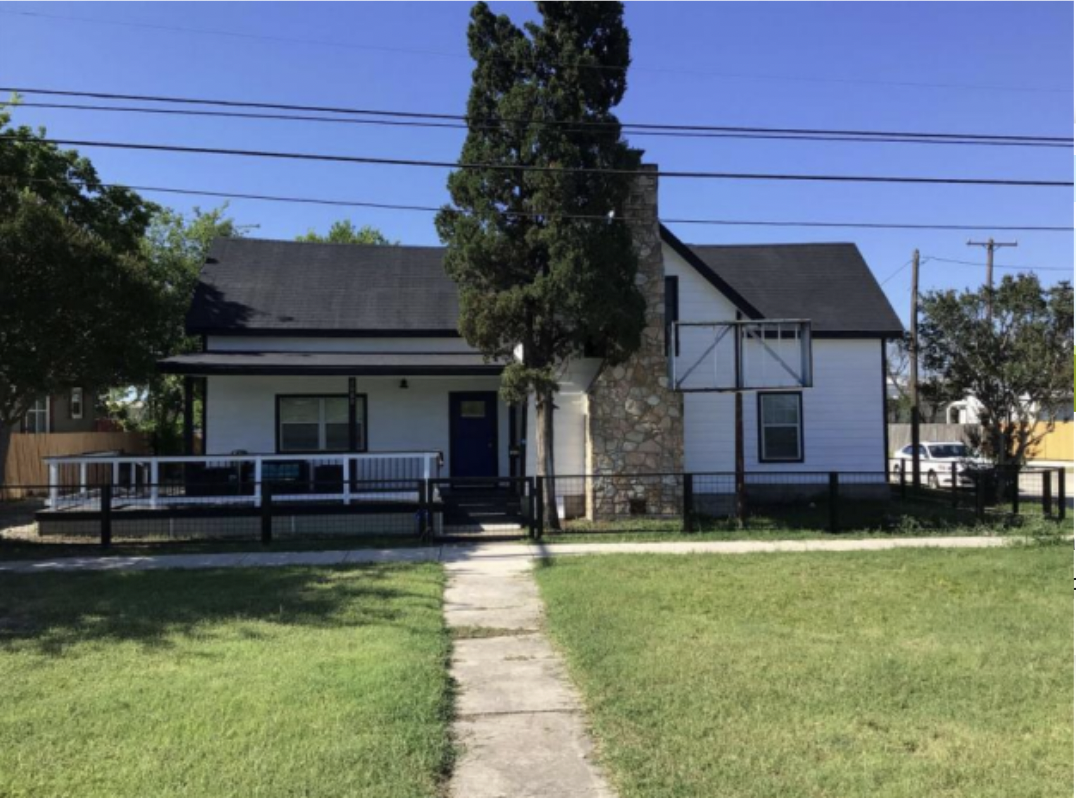
Property investors across the state of Texas are using debt service coverage ratio (DSCR) loans to expand their portfolios. DSCR is calculated by taking the monthly rental income and dividing it by the property's monthly payments including principal, interest, taxes, insurance, and association dues. The final debt service coverage ratio is essentially an indicator to the lender of a borrower's ability to repay their loan. Many lenders have a minimum DSCR of 1.2, which indicates positive cash flow.
DSCR loans are ideal for self-employed investors or investors with large portfolios. Their simplified approval process and loan terms are designed specifically for real estate investors. Let's take a closer look.
Traditional loans focus heavily on debt-to-income ratio (DTI) and require substantial documentation including pay stubs, bank statements and tax returns. On the other hand, DSCR loans have qualifications based on a minimum credit score and are underwritten using the property's income potential.
With a DSCR loan, borrowers can take advantage of full 30-year terms with no balloons. Most DSCR lenders will also have the optionality for interest only loans, rate buy downs, prepayment penalty buy downs, and rate structure choices. It is great for investors to be able to tailor their DSCR loan program to meet their investment needs. For instance, investors planning to hold onto their rental property long term can choose a fixed rate and pay higher fees, while investors who might sell in the near future can select an ARM rate structure and buy down their prepayment penalty.
For the professional investor looking to build a large real estate portfolio, a DSCR program is ideal. Most traditional lenders max out borrowers at ten loans. Instead, when evaluating qualifications for a DSCR loan, lenders will use common sense to evaluate an investor's maximum credit exposure.
To calculate DSCR, use this simple formula:
DSCR = Rent / PITIA
-1-1.png?width=402&height=262&name=DSCR%20LP%20Graphics%20(1)-1-1.png)
A debt-service coverage ratio of 1 indicates that the monthly expenses of a subject property are equal to the monthly payment. For instance, if your monthly expenses are $1,800 per month and a tenant pays you $1,800 per month, you are breaking even. There are some simple ways to optimize the DSCR calculation:
Increase your down payment. Raising your down payment is the simplest way to improve debt-service coverage ratio. This will lower your rate, and therefore your monthly expenses and DSCR.
Negotiate your taxes and insurance. By fighting your property taxes and lowering your insurance payments, you can bring down your debt-service coverage ratio.
Buy down your rate. Some lenders will provide you with the opportunity to buy down your rate. This will increase your closing costs, yet decrease your monthly payments and DSCR.
According to Roofstock, the demand for rental properties in Texas is high, and in many Texas cities renters occupy over 50% of the households. The state offers a robust job market, lower cost of living, and hundreds of Fortune 500 companies.
Further, Texas is home to over 29 million people and is growing. Home prices have increased by 19.8% since last year, and median rent prices in some markets have grown 15% or more year over year. Let's take a look at some of Visio real estate investors' favorite markets in Texas and what makes them investable highlighted by Roofstock:
Houston, TX: With 52% of households renter-occupied, a median sale price of $315,000 and a median rental income of $1,775, it's no wonder Houston made the list of top cities to buy investment properties. Houston is also the number one Texas city where Visio originates rental loans.
Austin, TX: Home to the University of Texas, a famous live music scene, and Visio Lending, Austin has 61% of renter-occupied households and a median monthly rental income of $2,400. It's also the second most invested in Texas city for Visio borrowers.
San Antonio, TX: The home of the Alamo is 39% renter-occupied and has a median rental income of $1,723. Its proximity to Houston and Austin as well as its median home price of $283,245 make the city popular for Visio borrowers.
Dallas, TX: Dallas boasts a 44% renter occupancy rate and a median rental income of $2,400.
El Paso, TX: El Paso is 40% renter occupied and has a median rent of $1,450.
Fort Worth, TX: Originally the center for Texas cattle, Fort Worth is 41% renter-occupied and has a median rent of $1,995.
A DSCR mortgage typically can be used for the following property types:
DSCR loans typically cannot be used for the following property types:
Whether you are looking to invest in long term or short-term rentals, Visio is your dream Texas DSCR loan partner. Headquartered in Austin, Texas, Visio Lending has over a decade of experience helping real estate investors build large portfolios of rental properties. We've closed over 1150 DSCR loans in Texas totaling over $256M.
Check out some of our recently closed DSCR loans in Texas.

Dallas,TX
-1.png)
Austin,TX

San Antonio,TX
-1.png?width=400&height=400&name=DSCR%20Landing%20Page%20bottom%20grpahic%20(2)-1.png)
· Full 30 year terms, no balloons for rental residential properties
· The ability to finance in an LLC
· No tax documents or personal income verification
· Real estate investor-friendly loan programs
· Interest only loan options

Visio Lending is the nation's premier lender for buy and hold investors offering, long-term loans for SFR rental properties, including vacation rentals.
All rights reserved. Copyright 2024. All loans are originated by Visio Financial Services Inc. (“VFS”) or Investor Mortgage Finance LLC (“IMF”). VFS is licensed by the Arizona Department of Financial Institutions as an Arizona Mortgage Banker, license number 1010600 as well as by the California Department of Financial Protection and Innovation as a California Finance Lender, license number 60DBO-56345. VFS’s company NMLS ID number is 1935590. IMF is licensed by the Arizona Department of Financial Institutions as an Arizona Mortgage Banker, license number 1034031 as well as by the California Department of Financial Protection and Innovation as a California Finance Lender, license number 60DBO-160501. IMF’s company NMLS ID number is 2297729. For more information about the use of our Website, please see our Terms of Use and Privacy Policy.